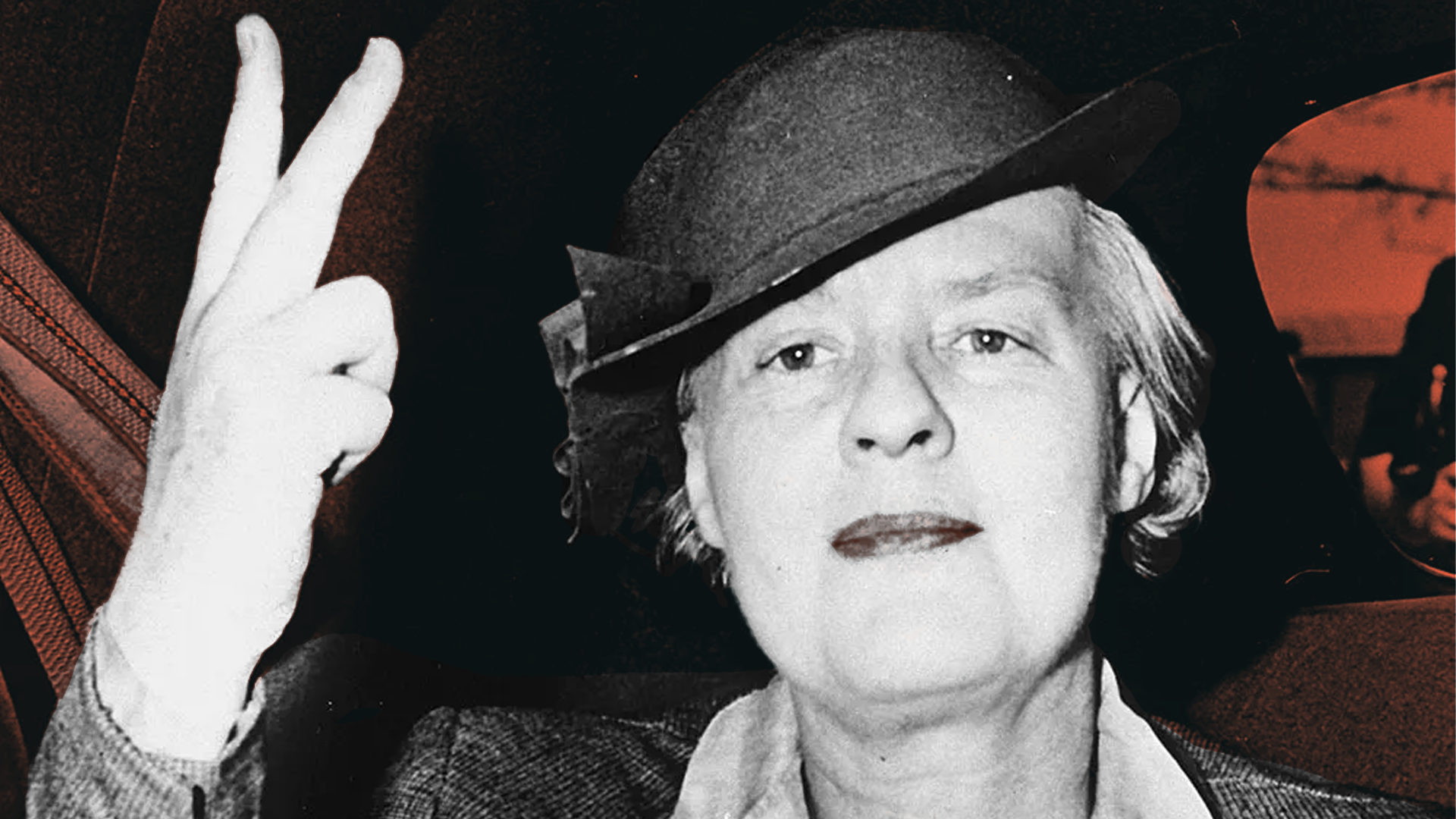Dorothy Thompson

Biography
Dorothy Thompson was a force of nature armed with a typewriter and a fearless sense of justice. Born in 1893, she came of age at a time when women weren’t exactly being handed press credentials. But that didn’t stop her. After working with the suffrage movement and helping secure the vote for women in 1920, Thompson set her sights on international journalism. Within a year, she pulled off an audacious stunt: posing as a Red Cross nurse to sneak into a Hungarian castle and interview a royal exile. The story made headlines. The world took notice. And Dorothy was just getting started.
By the 1930s, Thompson had become one of the most respected foreign correspondents in the world. She was stationed in Europe, reporting on the political chaos that was slowly giving way to dictatorship. Her columns warned Americans early on about a rising star in Germany’s Nazi Party—a man named Adolf Hitler. In 1931, she interviewed him for Cosmopolitan and immediately saw the danger. In her follow-up book I Saw Hitler, she described him as unstable, insecure, and hypnotic in the worst way. That critique didn’t sit well with the Nazi regime, and in 1934, Hitler personally ordered her expulsion from Germany. Thompson became the first American journalist kicked out by the Nazis. Her response? She laughed it off and published more.
Back in the U.S., Thompson turned up the volume. She launched a syndicated political column, 'On the Record,' and hosted a weekly radio show—both wildly popular and deeply political. She traveled the country, gave speeches, and exposed the growing threats of fascism both abroad and at home. She didn’t just write about danger—she disrupted it. In 1939, at a Nazi-sympathizer rally in Madison Square Garden, she laughed so loudly during their speeches that police had to escort her out—twice. She was surrounded by stormtroopers. She didn’t flinch. She shouted 'bunk!' at the stage and made headlines again.
Thompson was relentless. She warned that Americans were not immune to fascism. In her 1937 congressional testimony, she called out the danger of giving any one person too much power—even if they claimed it was for the good of the nation. Her writing drew sharp lines between democracy and dictatorship, reminding readers that complacency was the enemy. 'No people ever recognize their dictator in advance,' she wrote. 'He always represents himself as the instrument of the national will… When our dictator turns up, you can depend on it, he will stand for everything traditionally American.' In other words, beware the wolf in red, white, and blue clothing.
Dorothy Thompson died in 1961, but her words still echo. She showed us what journalism can be when it’s fearless, personal, and rooted in truth. She didn’t just report the news—she shaped the public’s understanding of it. She fought against hate, challenged propaganda, and made it clear that freedom isn’t something you sit back and enjoy—it’s something you fight for, over and over again. Her legacy? A blueprint for what it looks like when a woman speaks truth to power—and refuses to be silenced.
Dorothy Thompson’s story is a warning and a lesson—a reminder that authoritarianism doesn’t always arrive with a dictator’s parade. Sometimes, it creeps in under the guise of nationalism, economic necessity, or 'protecting tradition.' Thompson saw it coming and spent her life making sure the world did, too. Today, when disinformation spreads faster than truth and journalists are increasingly under attack, her legacy is more relevant than ever. Her life urges us to ask: Who controls the narrative? Who gets to define truth? And what happens when we stop paying attention?
?
What can we learn from Dorothy Thompson about being brave with our words?
What are some ways you can stand up for fairness and justice in your own community?
What does it mean to stand up for what is right, even when others don’t believe you?
Why do you think some people try to rewrite history or erase stories that challenge their beliefs?
Why do you think it was so important for Dorothy Thompson to speak out, even when it was dangerous?
How can we tell the difference between news that tells the truth and news that tries to mislead people?
Why do some leaders try to control what people read, hear, and think? How can we make sure we always search for the truth?
Dorothy Thompson warned people about danger before they saw it for themselves. Why is it sometimes hard to believe warnings until it’s too late?
Dig Deeper
It wasn’t easy for foreign correspondents to report what was really happening in Nazi Germany in the 1930s. Sources were often too frightened to talk. Reporters were reluctant to quote witnesses by name for fear of betraying them to the secret police – called the Gestapo. But the best American journalists did write about what was going on, however much the Nazi government tried to hide it.
Discover more

Joan of Arc
Joan of Arc led French forces to victory at Orléans during the Hundred Years’ War, breaking the siege and paving the way for Charles VII’s coronation.

The Wright Brothers
In 1903, Wilbur and Orville Wright defied gravity and doubt by launching the first successful powered, controlled flight.

Rosa Parks
Rosa Parks did not simply stay seated because she was tired—she sat down and refused to move because she was tired of giving in.
Further Reading
Stay curious!
